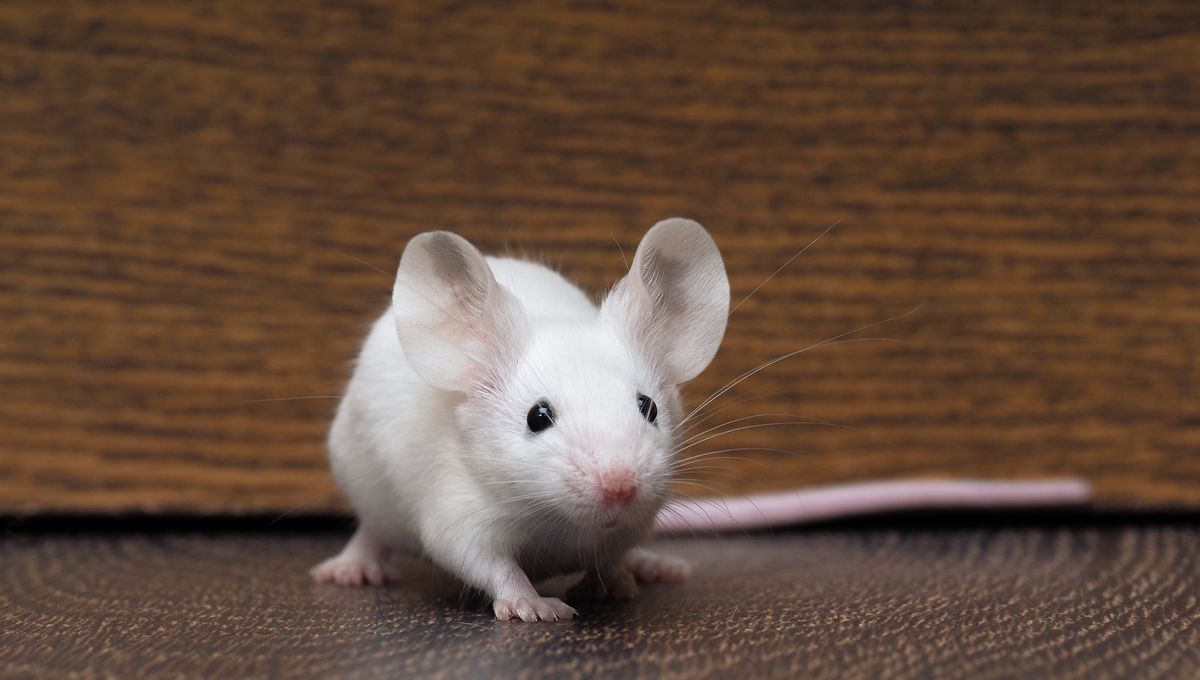Previous studies on mouse parabiosis have revealed fascinating benefits, including the rejuvenation of the older mouse’s liver, muscles, and brain. These groundbreaking studies were conducted on mice who were joined at the hip for a mere three weeks. However, the question remained: what happens when the parabiosis period is extended?
In an exciting new paper, researchers took a bold step by surgically attaching young mice (aged three months) to older mice (aged 20 months). They kept these mice connected for a remarkable three months before finally separating them, all while closely monitoring their post-separation lifespan.
The results were astonishing. The older mice that had been joined to their younger counterparts lived an astounding 10 percent longer than the control mice who did not undergo the procedure. In human terms, this would be equivalent to adding a remarkable eight years to their lifespan.
“This is the first evidence that the process, known as heterochronic parabiosis, can slow down the aging process, leading to an extension in both lifespan and overall health,” stated James White, the senior author of the paper, in a press release.
But that’s not all. The researchers also utilized an innovative technique called an epigenetic clock, which examines methyl groups (DNA markers) known to correlate with age. Astonishingly, the older mice appeared biologically “younger” than the control group after just two months of separation.
Furthermore, the older mice attached to their younger counterparts exhibited altered gene expression, including reduced inflammation gene expression and increased metabolism gene expression. These changes could be attributed to the rejuvenating properties present in the blood of the young mice or the potential filtration of older components by the younger mice’s kidneys.
Now, you might be wondering why researchers are conducting these intriguing experiments. Well, fear not, they are not suggesting sewing a child onto an adult. As White clarifies, “Pairing humans for heterochronic parabiosis is obviously not practical or even ethical” (Phew!). Instead, this research aims to explore whether blood transfusions from younger individuals can reverse the aging process in older people, much like a biological Benjamin Button.
While there is ongoing scientific research investigating the potential benefits of injecting young blood into humans, these studies have been highly controversial and have not yet demonstrated any significant cognitive changes in Alzheimer’s patients.
So, before you consider surgically attaching a child to your back (definitely not a sentence I ever thought I’d have to type), it’s important to note that the scientific community has not reached a conclusive verdict on whether this approach will benefit humans. With that in mind, babies around the world can breathe a collective sigh of relief.
The paper has been published in the esteemed journal Nature Aging.








